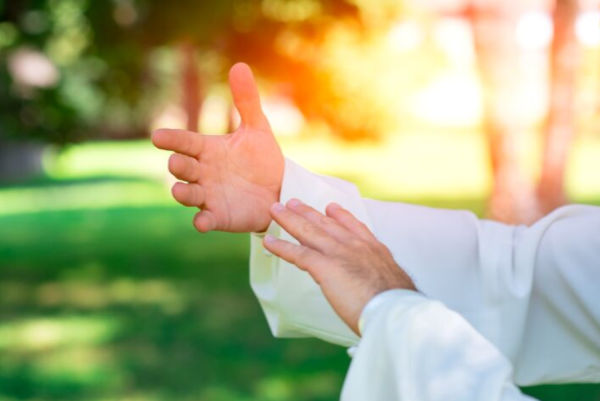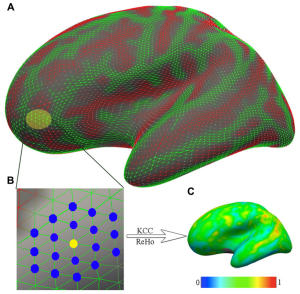Tampa, FL (June 19, 2012) — Scientists from the University of South Florida and Fudan University in Shanghai found increases in brain volume and improvements on tests of memory and thinking in Chinese seniors who practiced Tai Chi three times a week, reports an article published today in the Journal of Alzheimer’s Disease.
Findings were based on an 8-month randomized controlled trial comparing those who practiced Tai Chi to a group who received no intervention. The same trial showed increases in brain volume and more limited cognitive improvements in a group that participated in lively discussions three times per week over the same time period.
Previous trials have shown increases in brain volume in people who participated in aerobic exercise, and in one of these trials, an improvement in memory was seen. However, this was the first trial to show that a less aerobic form of exercise, Tai Chi, as well as stimulating discussion led to similar increases in brain volume and improvements on psychological tests of memory and thinking.
The group that did not participate in the interventions showed brain shrinkage over the same time period, consistent with what generally has been observed for persons in their 60s and 70s.
Numerous studies have shown that dementia and the syndrome of gradual cognitive deterioration that precedes it is associated with increasing shrinkage of the brain as nerve cells and their connections are gradually lost.
“The ability to reverse this trend with physical exercise and increased mental activity implies that it may be possible to delay the onset of dementia in older persons through interventions that have many physical and mental health benefits,” said lead author Dr. James Mortimer, professor of epidemiology at the University of South Florida College of Public Health.
Research suggests that aerobic exercise is associated with increased production of brain growth factors. It remains to be determined whether forms of exercise like Tai Chi that include an important mental exercise component could lead to similar changes in the production of these factors. “If this is shown, then it would provide strong support to the concept of “use it or lose it” and encourage seniors to stay actively involved both intellectually and physically,” Dr. Mortimer said.
One question raised by the research is whether sustained physical and mental exercise can contribute to the prevention of Alzheimer’s disease, the most common dementing illness.
“Epidemiologic studies have shown repeatedly that individuals who engage in more physical exercise or are more socially active have a lower risk of Alzheimer’s disease,” Dr. Mortimer said. “The current findings suggest that this may be a result of growth and preservation of critical regions of the brain affected by this illness.”
Source: James A. Mortimer, Ding Ding, Amy R. Borenstein, Charles DeCarli, Qihao Guo, Yougui Wu, Qianhua Zhao, Shugang Chu. Changes in Brain Volume and Cognition in a Randomized Trial of Exercise and Social Interaction in a Community-Based Sample of Non-Demented Chinese Elders. Journal of Alzheimer’s Disease, 2012
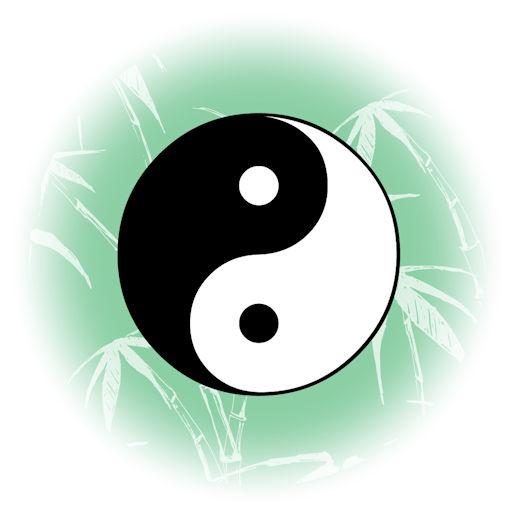
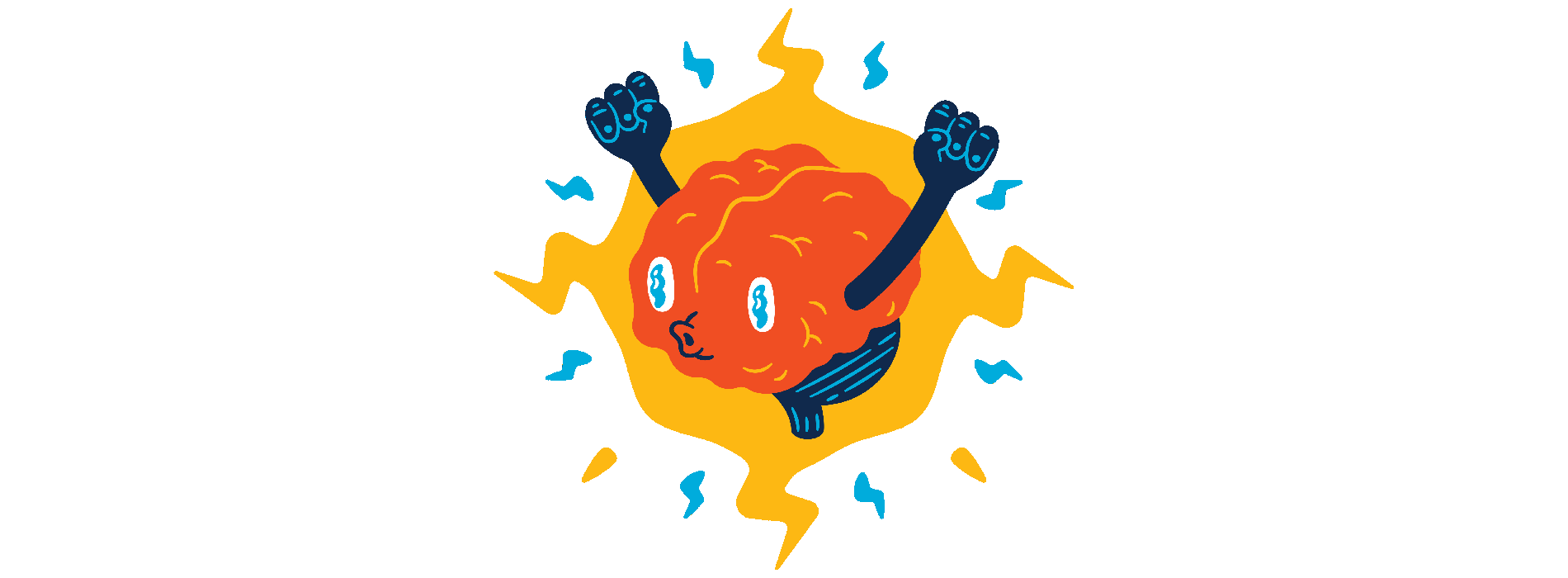
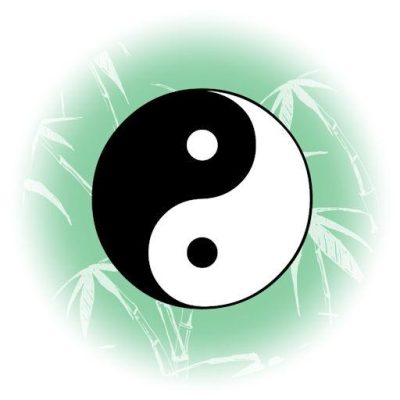


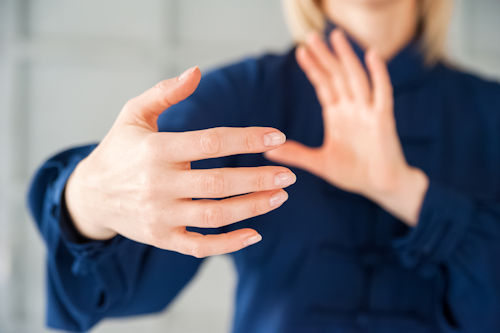
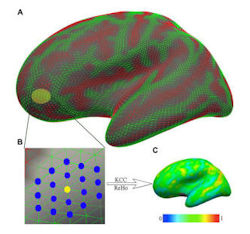 In our daily lives, most of us, even those who consider themselves relatively relaxed and stress-free, are holding a lot of muscle tension in our bodies, and corresponding tension in thoughts and feelings.
In our daily lives, most of us, even those who consider themselves relatively relaxed and stress-free, are holding a lot of muscle tension in our bodies, and corresponding tension in thoughts and feelings. One key is to understand and use the Yin-Yang polarity. As human beings we can never function in total release nor in total action. Life is a moment-by-moment flow between letting go and engagement, on a background that is neither one of those. That is our reality!
One key is to understand and use the Yin-Yang polarity. As human beings we can never function in total release nor in total action. Life is a moment-by-moment flow between letting go and engagement, on a background that is neither one of those. That is our reality!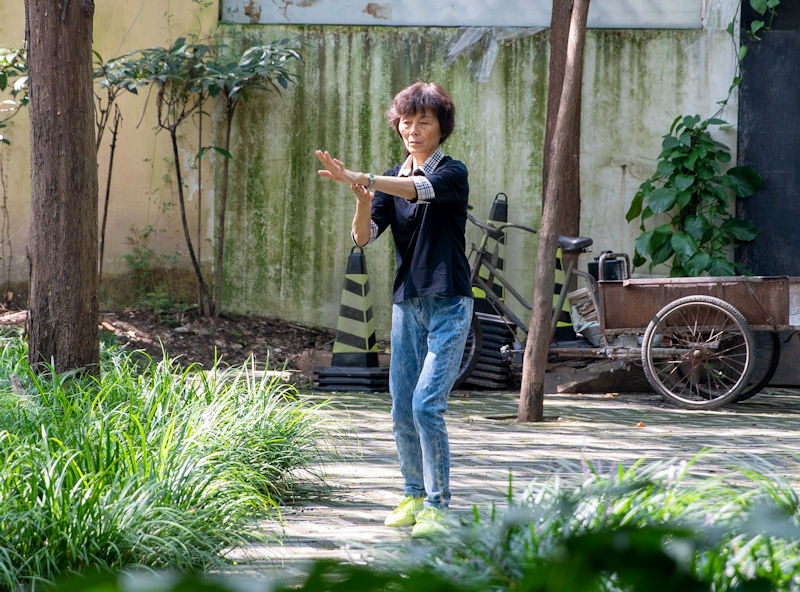
 Many people come to practice Tai Chi Chuan for good reasons: the most common reasons are better balance, “relaxation”, and maintaining or improving health.
Many people come to practice Tai Chi Chuan for good reasons: the most common reasons are better balance, “relaxation”, and maintaining or improving health.